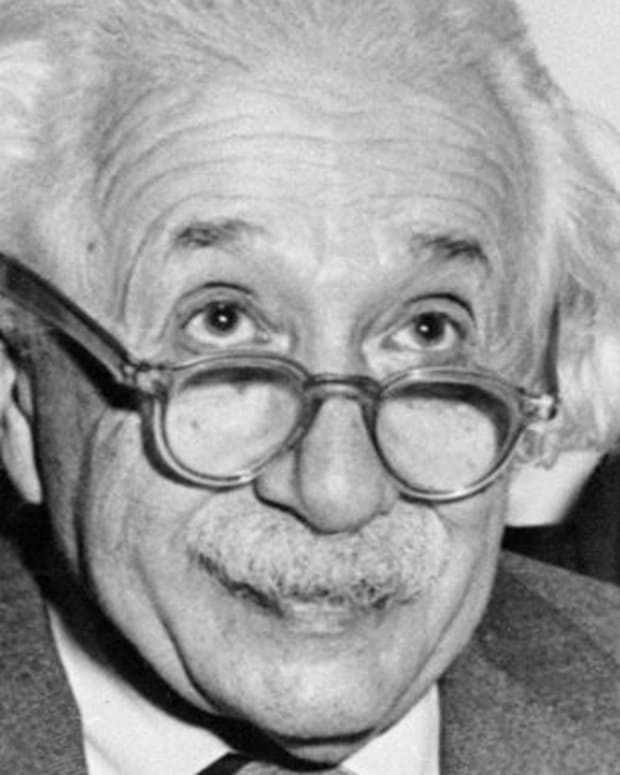Influences on our daily life

GPS
The next time the computer voice in the car shows you the way, thank Albert Einstein. The Global Positioning System (GPS) works with a network of satellites in orbit around the Earth. Each satellite transmits a time signal (up to about a billionth of a second). A ground GPS receiver receives time signals from several satellites and compares them to its internal clock to calculate the distance to the satellites. Because the position of the satellites is known, this indicates the location on Earth of the GPS receiver. However, the satellites move, so their clock runs slower according to the relativistic time dilation. That is not all. Because the GPS receiver's clock is deeper in the Earth's gravitational field than that of the satellites, it runs slower due to the general theory of relativity. These effects require correction and Einstein's theory provided the means.
Solar panels
When Einstein discovered how metals exposed to sunlight produce electric power, he paved the way for the current revolution in solar energy. Solar panels work on the basis of a related phenomenon, the photovoltaic effect. Like a photon of sunlight at a transition between an N- and a P-halfg, it emits an electron just like the photoelectric effect, but it also leaves a positive hole. The electron is drawn to the positively charged P material and the hole to the N material. Because a positive charge in one direction corresponds to a negative in the other, these effects reinforce each other, generating an electric current.
Nuclear Energy
About 14 percent of the world's energy needs are currently covered by controlling the energy in nuclei. An atom consists of a cloud of electrons orbiting a nucleus. In the 1930s, physicists discovered how to break nuclear nuclei in two. When they did this, they discovered something strange. The mass of the two halves together was less than that of the original core. Where had the missing mass gone? Einstein gave the answer with his famous formula E=mc2, which states that mass and energy are identical. This means that the small mass shortage that occurs during splitting is converted into energy. This therefore forms the basis for nuclear fission, the process with which all nuclear power plants work.